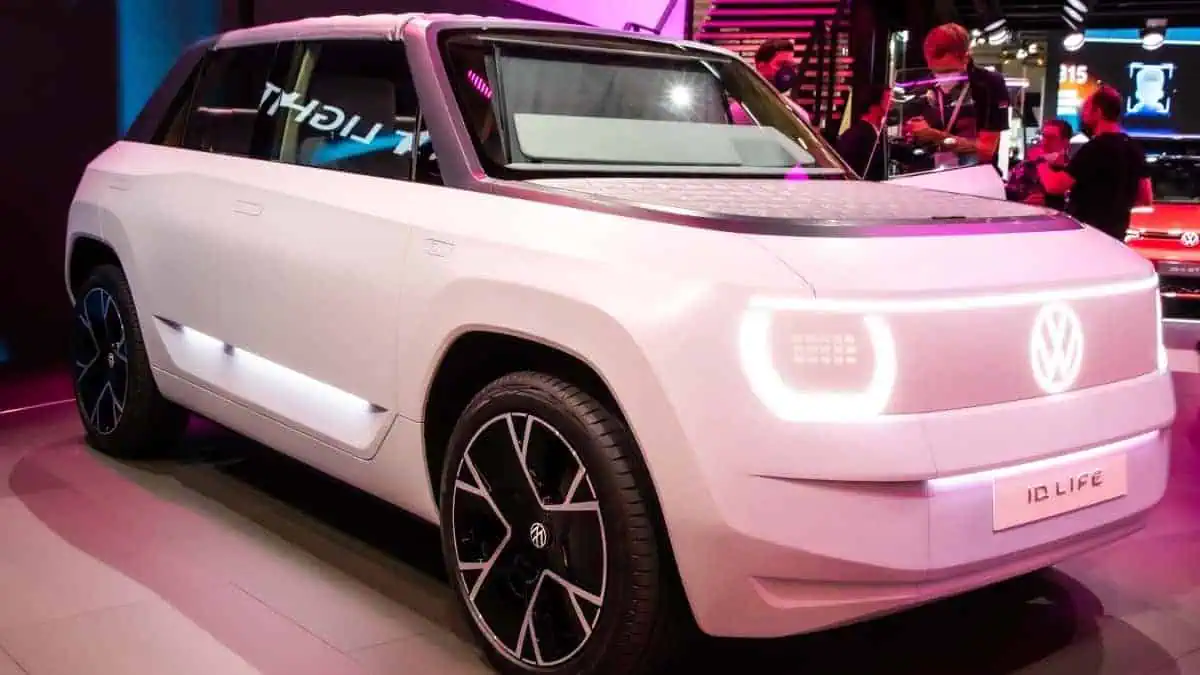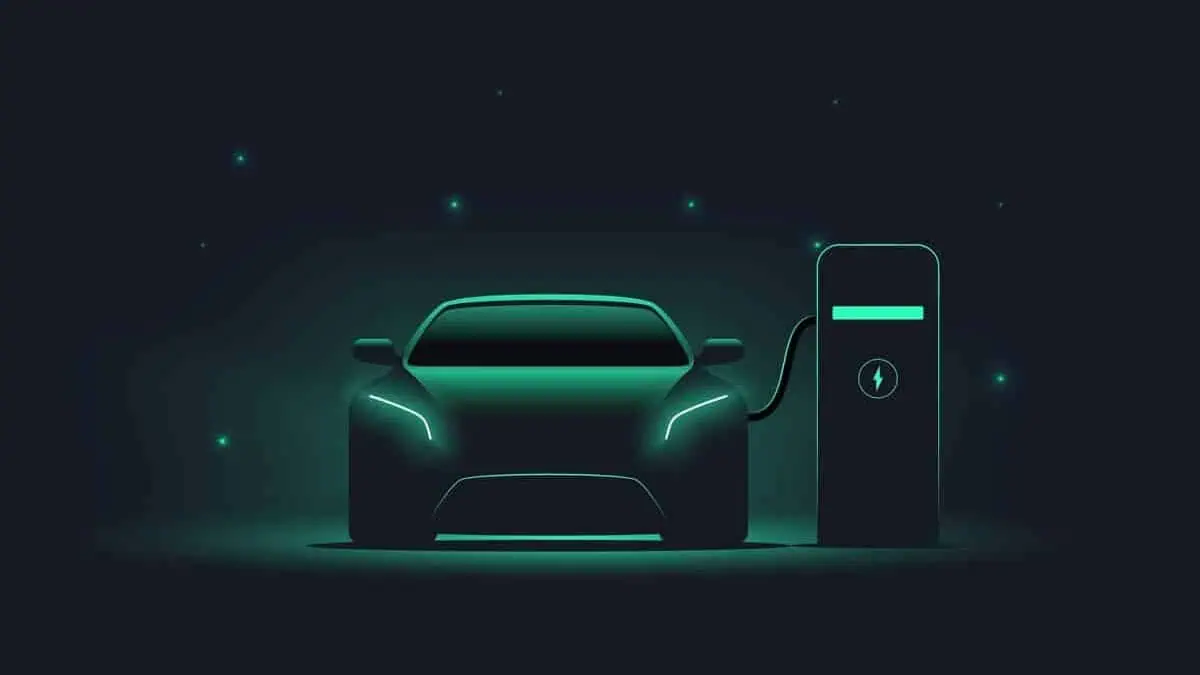Numerous photos and small details concerning Volkswagen’s ID. Buzz have surfaced over the past few years. However, the company did not disclose the final details until most recently in a press statement.
CleanTechnica reported that both the ID. Buzz MPV for families and the ID. Buzz Cargo van for business users are available for purchase.
With the first cars arriving this fall, Volkswagen Commercial Vehicles sales have started across Europe.
The efficiency issue is not badly affected despite being somewhat huge and tall in comparison to other electric vehicles. Visually, the tight overhangs (CD 0.29) of the aerodynamic body correspond to the agile driving qualities.
The maximum torque of 310 Nm (229 lb-ft) is instantly produced by the 150 kW (201 horsepower) electric motor after ignition. The steering is also devoid of any feed system effects because it has rear-wheel drive.
The combined WLTP cycle gives the ID. Buzz a 263-mile range. The ID Buzz Cargo can go 264 miles, whereas the buzz can travel up to 263 miles. Meanwhile, the battery may be charged using an 11-kW onboard charger at home, work, or public AC charging stations.
At DC rapid charging stations, the ID Buzz can draw up to 170 kW. This enables 5 to 80% charge in about 30 minutes. Furthermore, the cars are equipped with “Plug & Charge” technology. Remarkably, this technology enables automated activation and invoicing when plugged into an electric vehicle charger.
In retrospect, Volkswagen has pledged to have fully autonomous driving technology in the past. Unfortunately, the company realized it was more challenging than anticipated. However, that does not imply that it lacks functional automated systems.
The identification number for the vehicle is the ID. When Buzz’s vehicles were built, the most recent Volkswagen ID was already affixed. On the other hand, over-the-air software upgrades enable these systems to be improved for current vehicles without requiring any adjustments.
“The ID. Buzz appeals to all sorts of different customers — families, people who need lots of space for their hobby, plus business owners and the manual trades,” says Thomas Schäfer, Volkswagen AG Management Board Member and Head of the High-Volume Brand Group.
“People opting for the ID. Buzz will be just as likely coming across from an SUV or the van world as Bus fans who want to go electric. This model is therefore of exceptional importance for Volkswagen and Volkswagen Commercial Vehicles,” he added.
The sizes of the two cars are quite similar. In fact, the Buzz models are all the same length. A long wheelbase, measuring 177.7 inches, is also included. In addition, it makes the best use of the space between the axles. The ID. Buzz and ID. Buzz Cargo range from 75.9 to 76.8 inches in height, depending on the version. Neither of them has a high load sill.
Notably, both corporate and personal usage of the large ID Buzz is suitable. The interior armrests of the driver’s and front-seat passengers’ individual seats may also be adjusted. Moreover, the back bench for three people has foldable backrests and is divided 40:60.
On the other hand, Buzz, which comes from the German term “buzz” and means “intellectual buzz,” was first used by the transportation company Uber in 2012 as a way to combine two different concepts: “Uber-like technology for trucks,” as per Fortune magazine.
Essentially, the permanent-magnet synchronous motors (PSMs), power electronics units, automated single-speed gearboxes, 12 lithium-ion battery modules, and other parts are all included in the front end of the ID. Buzz.
Interestingly, a net generating capacity of 77 kWh (82 kWh gross) is accessible from the battery. An electronic power management system controls the high-voltage energy flowing between the battery and the motor, converting stored direct current (DC) to alternating current (AC).
Meanwhile, a 12V power source from a DC/DC converter is required for the onboard circuitry.
The driven back axle contains the electric motor with a 150 kW (201 hp) power output. With a 0-62 mph pace of 10.2 seconds, the instant 229 lb-ft of torque offers superb acceleration. The peak speed is nevertheless electrically limited to 90 mph.
It is worth noting that the ID. Buzz received the maximum efficiency rating in Germany. The high-voltage battery is charged through a connecting port at the back of the car. On a Level 2 charger, the battery can be charged from 0% to 100% in 7 hours and 30 minutes at a charging rate of 11 kW. Up to 170 kW, DC rapid charging is possible for the ID. Buzz’s battery. This allows the battery to only take around 30 minutes to charge from 5% to 80%.
Moreover, the car is reported to have a solid foundation that was not from VW’s bargain rack. There is also a refined multi-link structure in the back and a strut-like design up front. Despite having enormous track widths of 65.9 and 65.7 inches, correspondingly, both axles are quite small. Loads can be easily fed between the wheel arches due to the broad track width at the back.
Indeed, once it becomes available for full worldwide ordering, this electric model should flourish due to its classic styling and all of these attributes.






